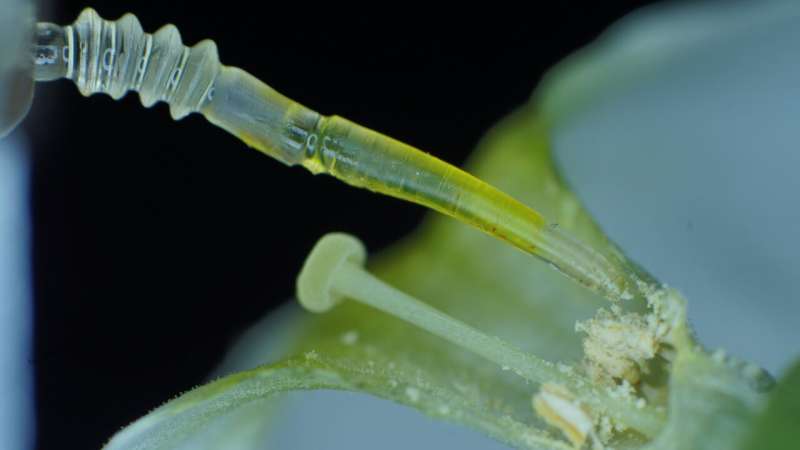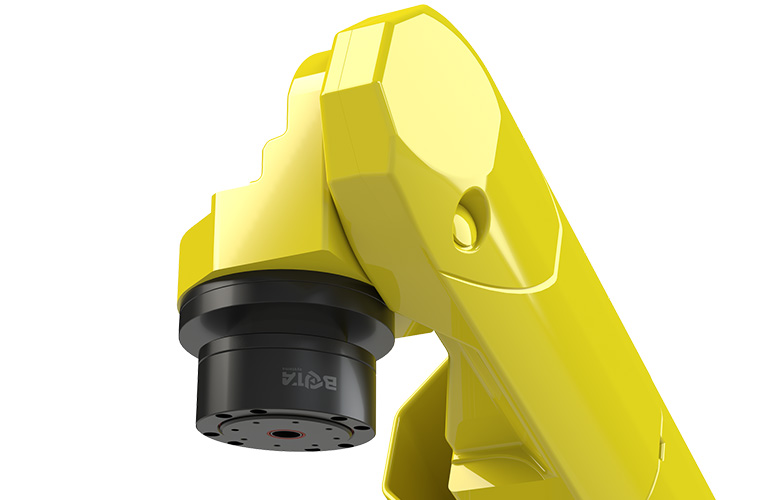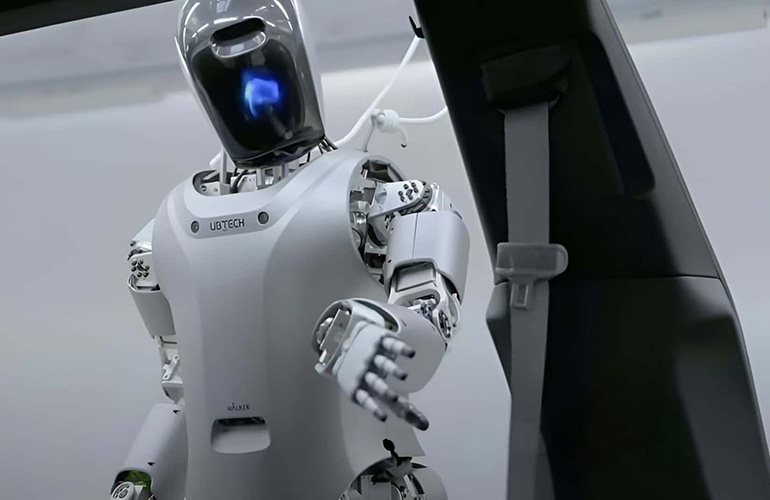In a groundbreaking fusion of nature and technology, researchers at the University of Tartu have developed a remarkable soft robot leg modeled after the cucumber spider native to Estonia. This innovative creation, a collaboration with the Italian Institute of Technology, could pave the way for robots to venture into environments previously inaccessible to humans.
Inspired by the inner workings of living organisms, the research team of Indrek Must and Kadri-Ann Valdur looked to the fluid systems that bind the organs, blood vessels, and musculoskeletal structures of the cucumber spider. Specifically, they replicated the function of hemolymph, the spider's blood-like fluid that enables muscle activation and exoskeleton flexibility.
"Our goal is to build systems from both natural and artificial materials that are as effective as in wildlife," explained Associate Professor Indrek Must, who specializes in soft robotics. "The robotic leg could touch delicate objects and move in the same complex environments as a living spider."
Unveiled in a research paper published in the journal Advanced Functional Materials, the millimeter-scale soft robotic leg demonstrates remarkable dexterity. Video footage shows the artificial limb gently interacting with delicate structures like a primrose stamen, spider web, and even pollen grains – all without causing damage.
The leg itself consists of a light-cured resin exoskeleton housing an artificial polypyrrole muscle, akin to a natural muscle activated by an electrical signal. Surrounding both the stiffer resin tendon and electroactive polymer muscle is an electrolyte solution, playing the role of the spider's hemolymph.
This liquid interior affects the properties and movement of the exoskeleton. When electrically charged, it causes the polymer muscle to change shape, bending the leg, while also rendering the exoskeleton more flexible – just as hemolymph does in real spiders.
The potential applications of such agile, soft robotic systems are vast. "In the future, robots will be able to operate in places where humans cannot or cannot go," Must envisions, "Moving inside a person as a nanorobot during surgery or searching for survivors in disaster areas."
The Tartu team's spider-inspired creation represents a significant step forward for soft robotics, a field drawing inspiration from the natural world to develop machines capable of navigating and manipulating difficult environments with unprecedented dexterity.
As researchers continue pushing boundaries by emulating nature's designs, the divide between biological organisms and robotic systems blurs. This latest soft robot, practically indistinguishable from a living creature's limb, hints at an era when machine and nature may become truly intertwined.


















